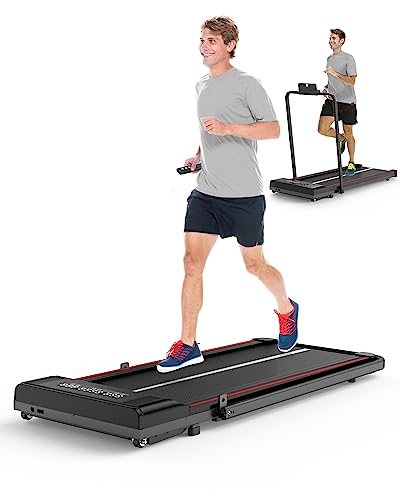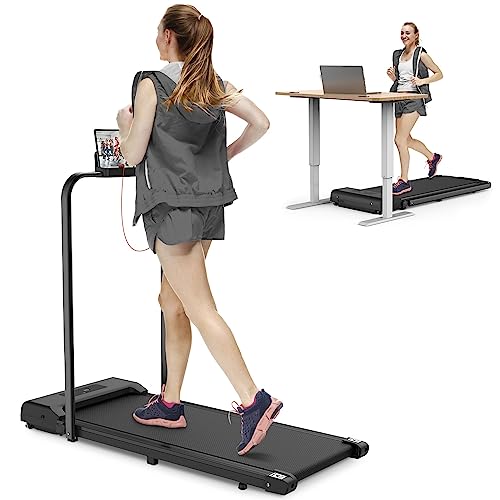Why Adding Gym Treadmill To Your Life Can Make All The Different
Treadmills: A Comprehensive Guide to Understanding Their Functionality, Benefits, and Appropriate Selection
Introduction
Treadmills have become a staple in contemporary physical fitness regimens, both in homes and fitness centers worldwide. They use a practical and effective way to keep cardiovascular health, increase endurance, and help in weight management. This short article checks out the various kinds of treadmills, their advantages, features to think about when purchasing, and some FAQs to guide users in making informed choices.
Kinds of Treadmills
When it concerns picking a treadmill, it is vital to understand the various types available in the market. Here are the primary categories:

1. Handbook Treadmills
- Mechanism: These treadmills have an easy style and count on sale treadmills the user’s efforts to move the belt.
- Pros: More budget friendly, quieter operation, no electrical power needed.
- Cons: Limited functions, might not provide the very same variety of workout strength.
2. Motorized Treadmills
- Mechanism: Powered by a motor that drives the belt, permitting users to stroll or run at a set rate.
- Pros: Greater range of speeds and inclines, equipped with many functions such as heart rate screens and workout programs.
- Cons: More expensive and may require more upkeep.
3. Folding Treadmills
- System: Designed for those with limited area, these treadmills can be folded for easy storage.
- Pros: Space-saving, often motorized, versatile functions.
- Cons: May be less long lasting than non-folding models.
4. Commercial Treadmills
- System: High-quality machines designed for usage in fitness centers and gym.
- Pros: Built to hold up against heavy usage, advanced features, often consist of service warranties.
- Cons: Pricey and not perfect for home usage due to size.
5. Curved Treadmills
- System: A special style that allows users to propel the belt utilizing their own energy.
- Pros: Offers a more natural running experience, promotes much better running kind.
- Cons: More pricey and can be noisier.
| Treadmill Type | Pros | Cons |
|---|---|---|
| Handbook | Cost effective, no electrical power required | Minimal features |
| Motorized | Range of speeds, advanced functions | Maintenance needed |
| Folding | Space-saving, typically motorized | May do not have toughness |
| Commercial | Developed to last, professional-grade features | Expensive |
| Curved | Natural running experience, promotes good type | Higher cost |
Benefits of Using Treadmills
Treadmills provide many advantages that can add to one’s overall health and wellness objectives. A few of these advantages include:
- Convenient Workouts: Treadmills enable users to work out inside your home no matter weather condition conditions.
- Cardiovascular Health: Regular use can enhance heart health by increasing stamina and promoting healthy flow.
- Weight Management: Effective for burning calories, which aids in weight loss and management.
- Customizable Workouts: Users can manage speed, incline, and duration to develop personalized exercise experiences.
- Security: Treadmills provide a foreseeable surface, minimizing the danger of falls compared to outside running.
- Multifunctional: Many treadmills featured functions like heart rate screens, workout programs, and even home entertainment systems.
Choosing the Right Treadmill
When picking a treadmill, prospective purchasers ought to consider several crucial factors:
Features to Consider:
- Motor Power: Typically measured in horsepower (HP), a motor strength of a minimum of 2.5 HP is suggested for major runners.
- Belt Size: A longer and larger belt accommodates numerous stride lengths, supplying convenience during exercises.
- Slope Settings: Adjustable slope features mimic outside hill running and can increase workout strength.
- Weight Capacity: Ensure the treadmill can support the user’s weight for safety and durability.
- Console Features: Look for easy to use dashboards, exercise programs, and Bluetooth compatibility for streaming music or other functions.
Spending plan Considerations
- Under ₤ 500: Entry-level manual treadmills appropriate for casual walkers.
- ₤ 500 – ₤ 1,500: Mid-range motorized treadmills that provide more functions and much better resilience.
- ₤ 1,500 – ₤ 3,000: High-end models with innovative technology, larger motors, and longer guarantees.
- Over ₤ 3,000: Commercial-grade treadmills perfect for frequent usage in gyms or training centers.
Often Asked Questions (FAQs)
1. How frequently should I utilize a treadmill?
It is recommended to utilize a treadmill at least 3 to 5 times a week, including numerous intensity levels for best outcomes.
2. Can I slim down by utilizing a treadmill?
Yes, consistent usage of a treadmill can contribute to weight reduction, specifically when integrated with a well balanced diet and strength training.
3. What is the best speed to stroll on a treadmill for beginners?
A speed of 3 to 4 miles per hour is an appropriate range for novices. It’s important to begin slow and gradually increase speed as comfort and endurance improve.
4. Do I need to use a treadmill if I already run outdoors?
Utilizing a treadmill can offer fringe benefits, such as regulated environments and varied exercises (slope, periods) that are not constantly possible outdoors.

5. How do I maintain my treadmill?
Regular upkeep includes lubing the belt, cleaning up the deck and console, and checking the motor for optimal performance.
Treadmills are essential tools for those seeking to enhance their physical fitness levels in a regulated and practical manner. With numerous types available, understanding their features and advantages is essential for making a notified purchase. By considering individual exercise needs, area availability, and spending plan restraints, individuals can find the most appropriate treadmill that fits their lifestyle. Incorporating treadmill workouts into a well balanced physical fitness regimen can result in better health outcomes and a pleasurable exercise experience.


